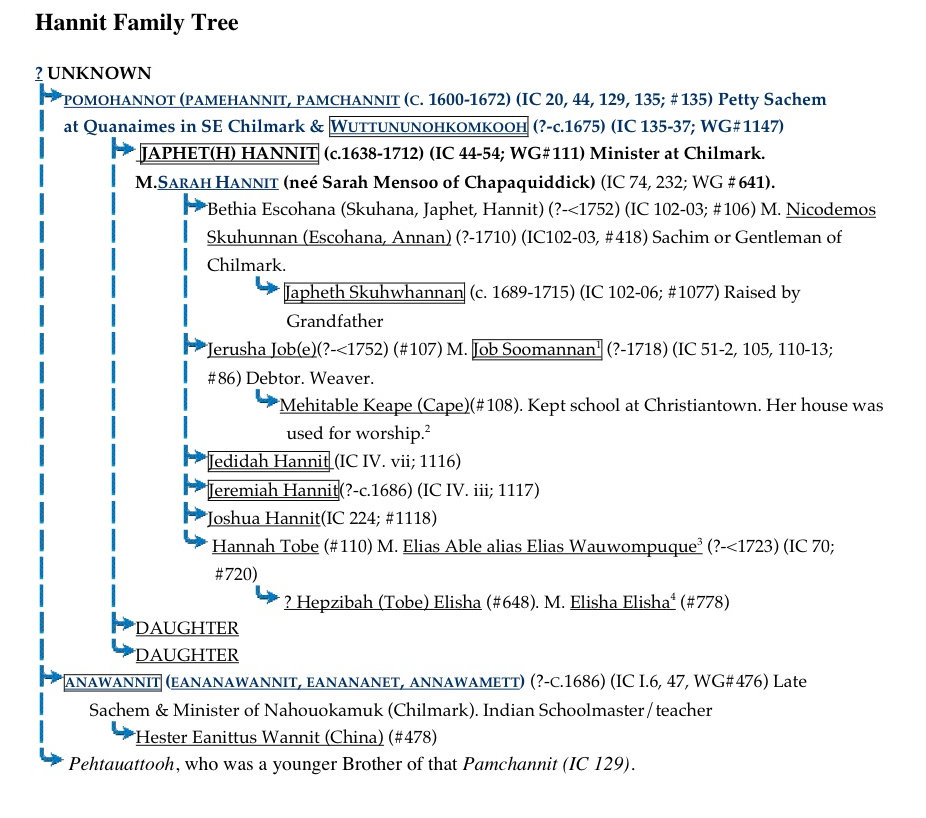Study Guide Social Hierarchies

Table of Contents
Kinship Activity 1: Kinship and the Half-Way Covenant
In Matthew 25:31-46, we learn that at Judgment Day, the “Son of Man” (Christ) will separate out the sheep from the goats; that is, he will separate out those promised eternal life from those eternally damned. Although Puritans felt that only God truly knew who was saved and who wasn't, they used visible signs of salvation such as spiritual experiences and behavior (positive or negative) to help make educated guesses about who was most likely a sheep and who was most likely a goat. Sheep (or “Saints”) were allowed to become full voting church members, and early on they dominated Puritan society outside of the church as well. As the colony’s initial religious fervor waned, the number of people who “knew” they were saved shrank, and ministers wrestled with how to keep the next generation invested in and coming to church.
One of the controversies that rocked New England starting in the 1660s and continued through the First Great Awakening was the question of whether communion should be open only to those who had had a conversion experience (“Saints”), or if it should be open to those who came from good Christian families, and whose parents are grandparents were church members. One solution was to allow a partial membership (a “Half-way Covenant”) to the children and grandchildren of the elect. The logic is that these children and grandchildren would eventually be likely to be saints, but if they were to neglect to take communion out of unnecessary doubt they might jeopardize their souls.
For this assignment, you should pretend you are a missionary on Martha’s Vineyard, and you have been commissioned by the Society for the Propagation of the Gospel (SPG) to determine whether children and grandchildren of the elect should be given communion based on whether they were indeed more likely to be upstanding members of their congregations. To support your case, they want evidence from two families of Wampanoag converts on the island—the Hannit and Cheeschumuck Families. Are the children and grandchildren of saints really more likely to become saints themselves?
To make your recommendation, take the Hannit Family Tree and Cheeschumuck Family Tree and make kinship charts that track which family members were noted by Mayhew as being clearly saved. As with all kinship charts, use circles for women and triangles for men. (For more on kinship symbols and a kinship tutorial see Brian Schwimmer's website). Once you have made basic kin charts for each family, look up each individual in the index to Indian Converts and see if he or she appears and if so what Mayhew has to say about him or her. For the saved, use blue triangles and circles; for people convicted of crimes (and misbehavior) use red triangles and circles, and for all other use black. If someone commits crimes, but goes on to become saved and gives up their “evil” ways, you should mark them as saved (blue). Although New Englanders felt that the status of one’s father and mother was important, you might want to see if there it makes a difference which parents were saints in Mayhew’s eyes. After you finish your kinship charts, write up a brief rationale for whether communion should be extended to children or grandchildren.
Reading the Family Trees: Individuals in squares have biographies in Indian Converts. Page numbers refer to the original 1727 edition and can be found in brackets at the top center of the current edition. IC I.4 means the fourth biography in the first chapter of Indian Converts. WG# (sometimes just #) is the number given to each individual in Segel and Pierce's Wampanoag Genealogical History, vol. 1.
Resources:
- Hannit Family Tree (pdf) (jpg)
- Cheeschumuck Family Tree (pdf) (jpg)
- Blank Kinship Chart for Hannit Family (pdf)
- Blank Kinship Chart for Cheeschumuck Family (word) (pdf)
Other Wampanoag Family Trees:

